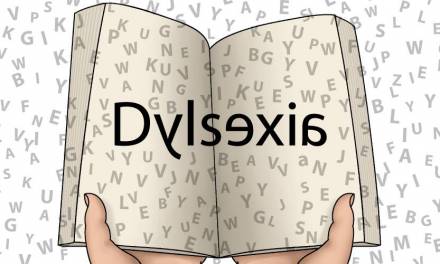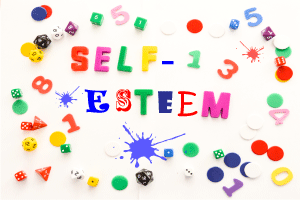More than 1.2 million children in the UK have dyslexia, a disability which results in difficulty reading and understanding the meaning of the words in front of them.
Many children who have dyslexia have said that the words they see do not stay still. Instead, they move around the page, affecting their ability to read them.
Unsurprisingly, dyslexic students can find themselves falling behind others in the class, resulting in performance issues.
That said, teachers can make simple changes to their teaching methods, altering their use of technology and approaches for these particular students, improving their education and performance.
Make sure their instructions are clear
One of the biggest factors affecting students with dyslexia is their ability to understand instructions given to them in a written format. You should try to provide any written content in as simple a form as possible, as any unnecessary details could distract them. The sentences should be kept short and not feature any overly complicated structures.
Use illustrations
Another way to make sure that the student understands what is needed of them is to use images to explain tricky sentences or unfamiliar words. This is known as “reading for meaning” and has proven to be incredibly useful to students with this particular issue.
Change up the fonts and colours
It is thought that some colours can be easier for someone who is dyslexic to read. Often students are given coloured reading glasses. However, teachers can also utilise the font and colour options on software packages (such as Microsoft Word) which will also have the same impact.
Not only this, but there are fonts available to download online which have been known to minimise the perceived movement of letters by those with dyslexia. These may be worthwhile downloading.
Use technology
There are some text readers available out there now to help students with dyslexia. Many of these work on Microsoft Word and can be downloaded for free. They work by reading at a speed and frequency that you set (one word, one paragraph, etc.) and can also be converted to an MP3 format.
Look through the internet for resources
There are a number of websites which are designed to help teachers work with their dyslexic students. These include Load2Learn and Books4All, which offer free resources that you can use in your classroom.
There are also forums available whereby teachers can share ideas, tips and methods that have worked for them.
It is important to remember that not every method will work for every student and you may need to tailor your approach to fit with their own level of ability and of course their learning style too.
By trying out some of these methods in the classroom, there is a good chance that a student with dyslexia can start to catch up with their peers and perform to the best of their abilities; something that every single student deserves.








